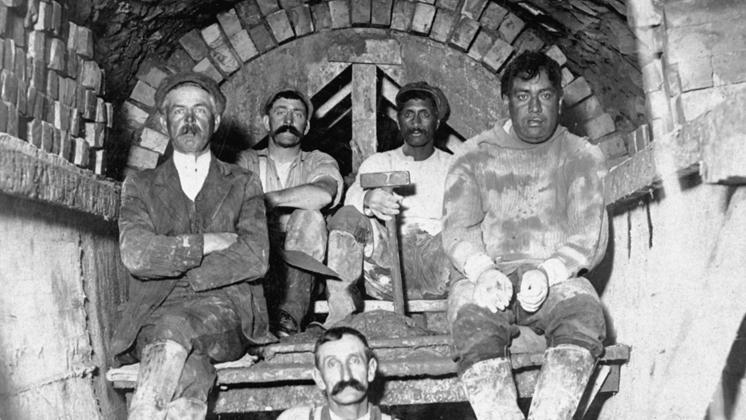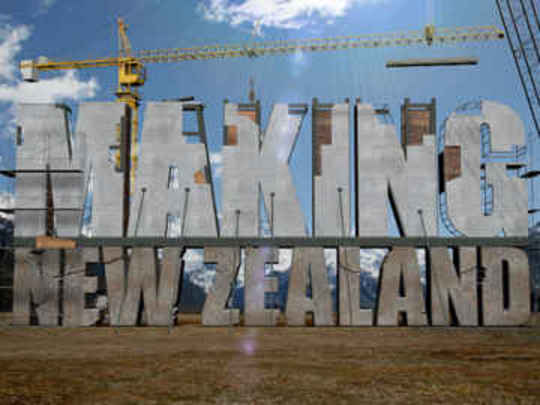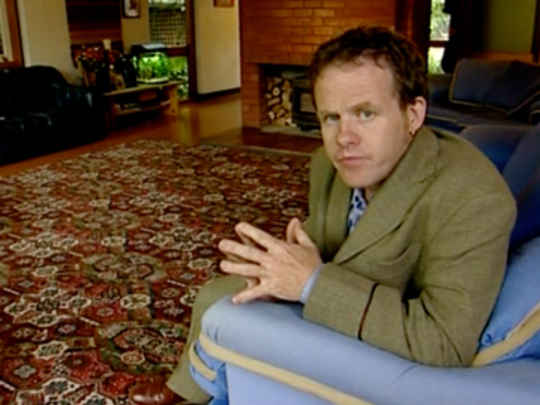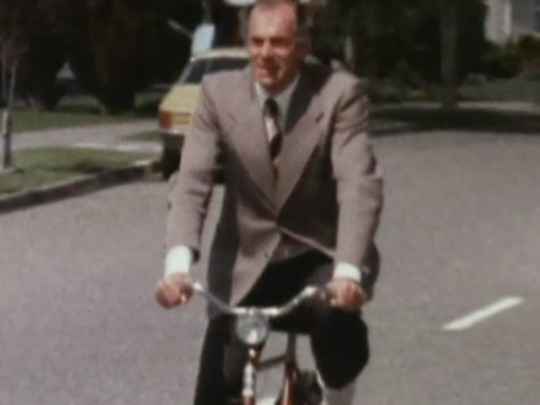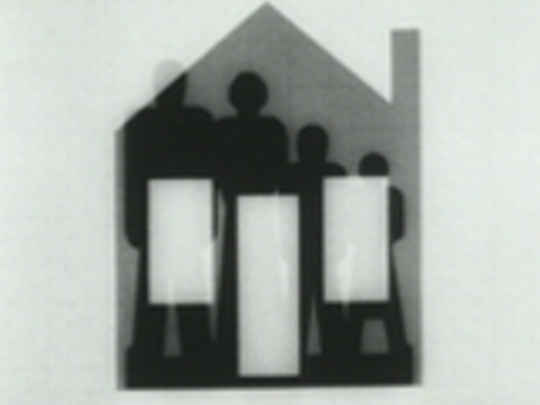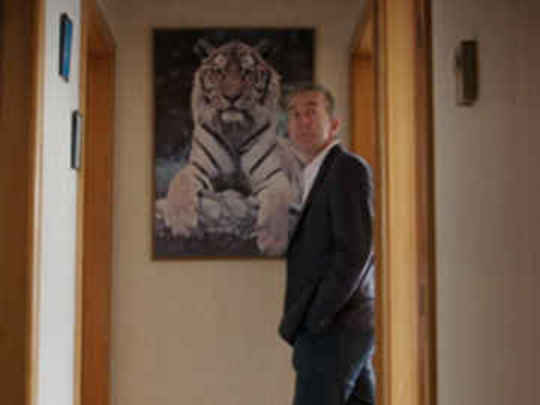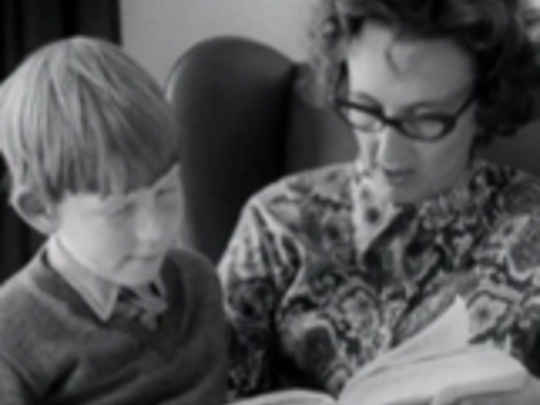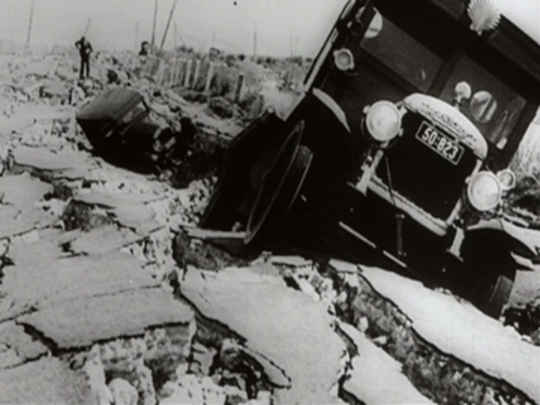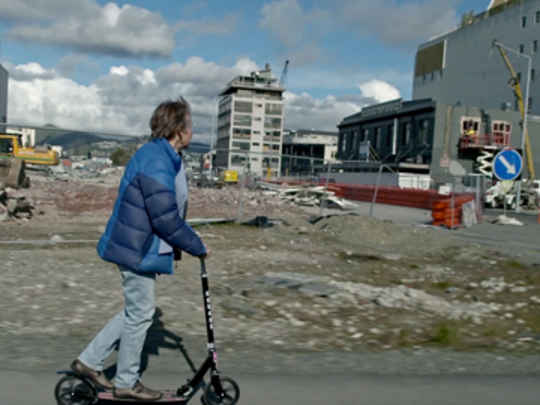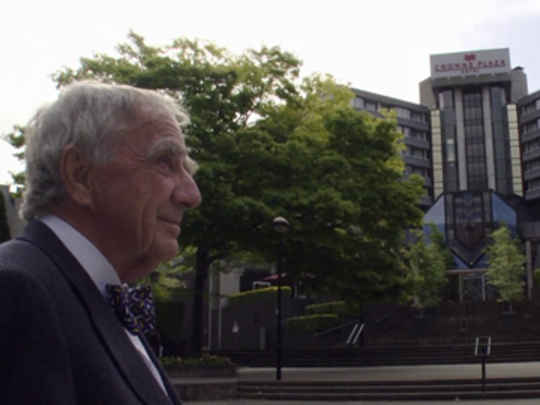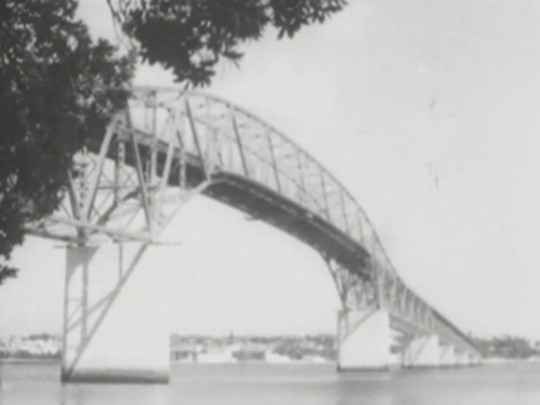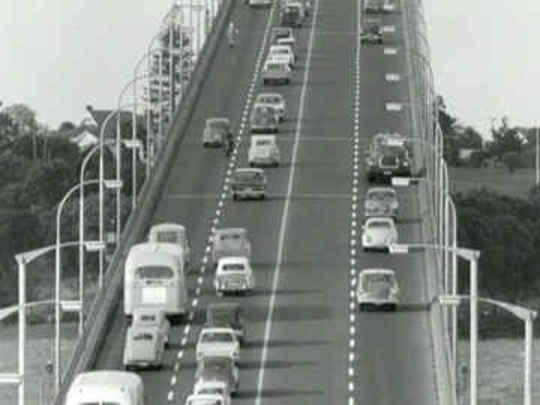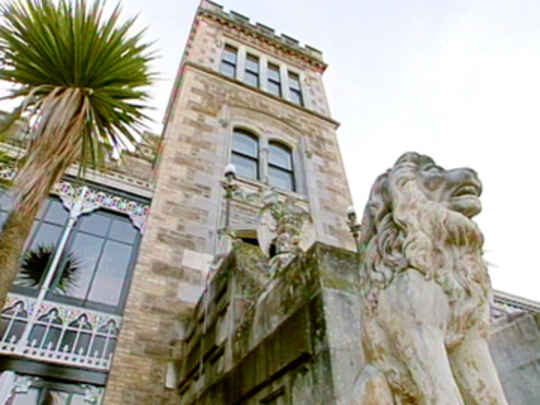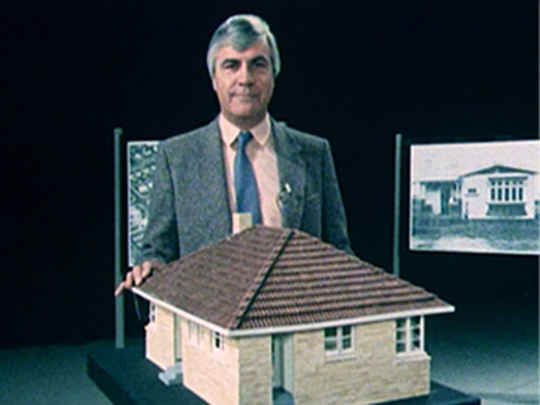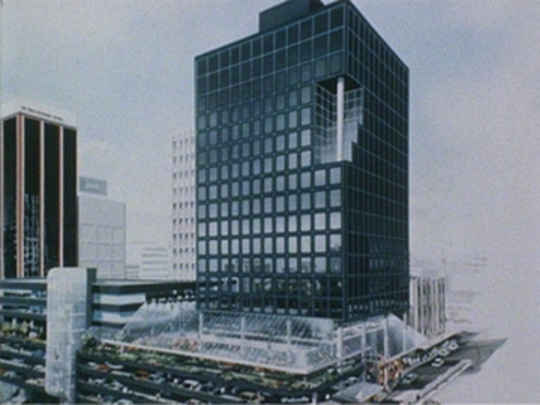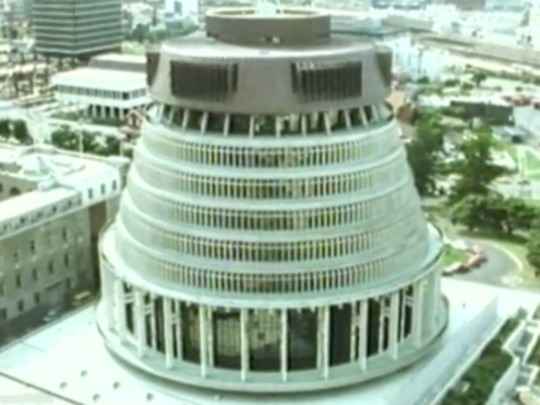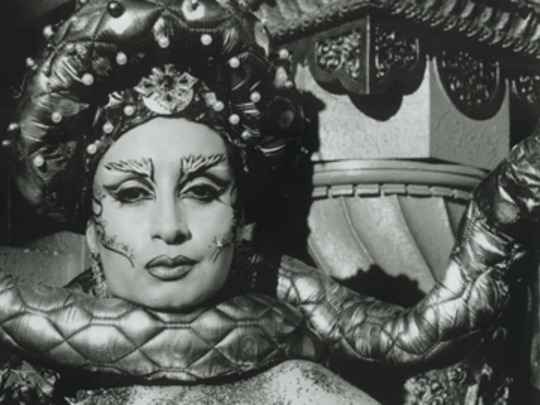Double brick walls and unreinforced masonry were common in New Zealand buildings before 1900. Years later we would pay the price.
– Narrator Mark Clare on hard lessons for earthquake-prone countries
All you needed was earth, and sweat . . . Very simple, very medieval, very effective.
– Historian Jeremy Salmond on the 'rammed earth' construction of Pompallier House in Russell, early in this episode
When the missionaries first came to New Zealand, they didn't come to build churches. First you had to 'civilise' the heathen: you had to 'teach' the Māori about civilisation before you could really convert them to christianity. So the early missionaries weren't clergymen; they were artisans and mechanics. They were carpenters, rope-makers, and they would teach those skills, and the skills of reading and writing.
– Architectural historian Bill McKay on Christian missionaries in the 1840s, early in this documentary
Corrugated iron's a product of the industrial revolution, and you could manufacture a whole lot of it. And it's also very efficient material to transport from Britain to New Zealand, because it lies flat, and you stack it all together. The downside of corrugated iron is that it performs very badly thermally: so it's bloody hot in summer — bloody cold at night in winter as well.
– Architectural historian Bill McKay on the popularity of corrugated iron for housing in the mid 1840s
In the old days they'd probably be a hundred stonemasons in Ōamaru, and all that work was all done by hand.
– Stonemason Bill Dooley on the boom period for Ōamaru limestone
We're lucky that New Zealand was settled by Europeans in the 1840s, and at that time there were new ideas about city planning — and parks and green belts and green spaces were a huge part of that.
– Architectural historian Bill McKay on the timing of European settlement affecting New Zealand's cities
...for cities like Dunedin to function properly, there needed to be building work going on underground. Before the drains went in, Dunedin was commonly known as 'Mud-edin'.
– Narrator Mark Clare on Dunedin's early lack of drains and sewerage
Suddenly there's rocking and she was a wooden building, and all she did was to rattle around. And everyone jumped up and I remember looking towards Napier — we were up on the hill a bit...the glow of the city burning.
– Architect Guy Natusch recalls the devastating 1931 Napier earthquake and fire
They wanted to have large open spaces, because they worked on a theory that cities needed lungs to breathe. Victorian cities were very smoky places. You know, coal was the main fuel for heating, and also for industrial purposes — so they felt that you needed open spaces to let the smoke dissipate a little bit.
– Historian Geoffrey Rice on how townplanners in New Zealand cities reflected new thinking overseas
